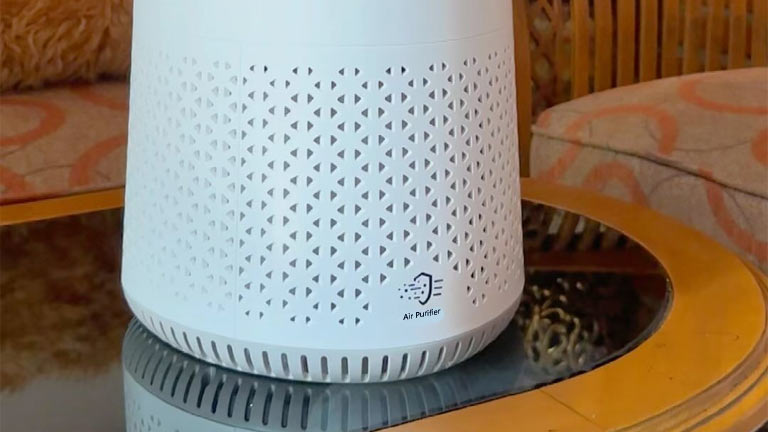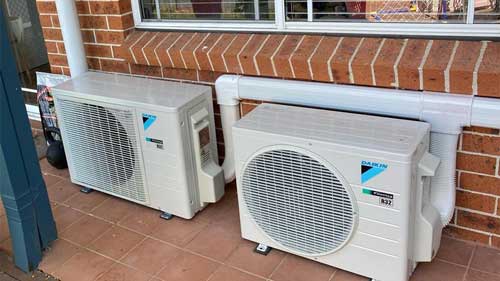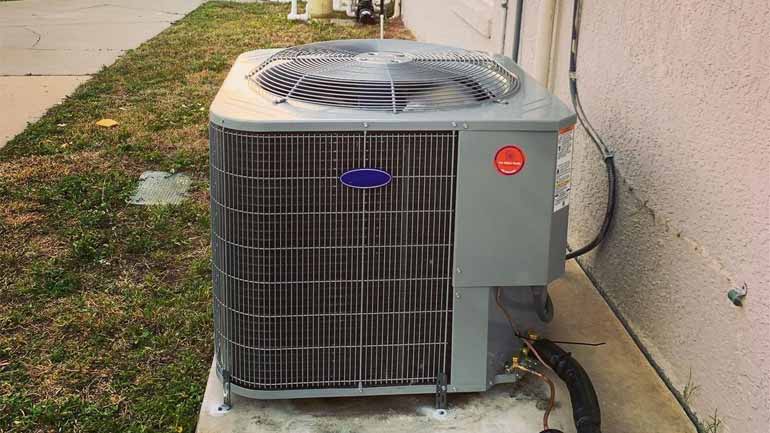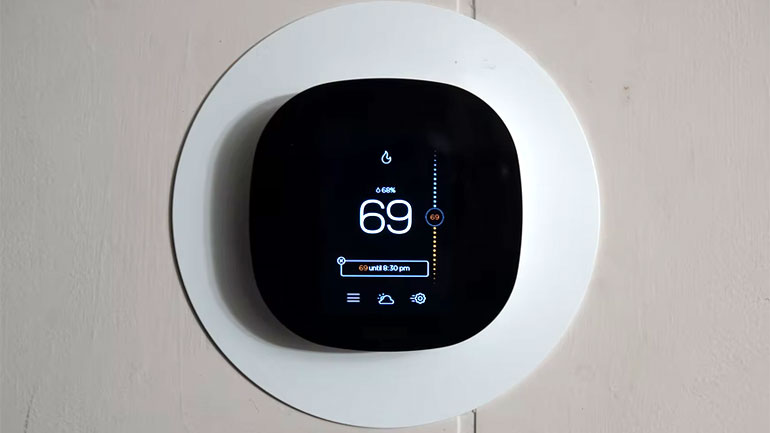
Air pollution has been increasing day by day due to several reasons such as vehicle fuel consumption, mold spores, factories, construction dust, waste burning, wildfires, fireworks, and crackers. If you are living in a highly air-polluted area, you may have a higher chance of getting health problems such as stroke, lung cancer, and heart disease. Air pollution is also the cause of respiratory disease, inflammation, irritation, infection, and reduced lung function.
The white artificial lung test is an experiment to check air pollution around you. The artificial lungs have particulate absorbers, called HEPA filters, with fans installed behind them that throw atmosphere air through the filter. It checks how many days this white lung replica will turn black. This kind of experiment was a wake-up call for the people and government to be alert to the quality of air they breathe.
4 Best Types of Air Purifiers for Home
As air pollution increased, people started buying air purifiers for their rooms and homes. Air filters can be divided into four main categories of filtering technology: mechanical, hybrid, electronic, and activated carbon. Following are some types of air purifiers.
HEPA
Mechanical air purifiers use physical barriers, such as HEPA (High-Efficiency Particulate Air) filters, to trap tiny particles in the air. HEPA filters can capture 99.97% of airborne pollutants as small as 0.3 microns, such as dust, mold spores, pollen, and pet dander. Mechanical air purifiers are effective for people with allergies and asthma, but they require regular filter maintenance and replacement.
Electronic
Electronic air purifiers use high-voltage charges to attract and capture contaminants in the air. There are two types of electronic air purifiers: electrostatic precipitators and ionizers. Electrostatic precipitators draw air through a chamber with electrodes that charge the particles and collect them on oppositely charged plates. Electronic air purifiers can remove smaller particles than mechanical ones, but they may produce ozone, a harmful gas that can irritate the lungs and worsen respiratory conditions. Ionizers release negatively charged ions into the air, causing pollutants to stick to surfaces or each other.
Hybrid
Hybrid air purifiers combine both mechanical and electronic filtering technologies to achieve better performance and efficiency. For example, some hybrid air purifiers use a pre-filter to capture large particles, followed by an ionizer or an electrostatic precipitator to remove finer particles, and then a HEPA filter to ensure the highest level of purification. Hybrid air purifiers can offer the benefits of both mechanical and electronic methods, but they may also have the drawbacks of both.
Activated carbon
Activated carbon air purifiers use porous materials that can adsorb odors, gases, and chemicals from the air. Activated carbon is a form of carbon that has been treated to increase its surface area and create tiny pores that can trap molecules. Activated carbon air purifiers can neutralize household smells, such as cooking, smoking, and pets, as well as volatile organic compounds (VOCs), such as benzene, formaldehyde, and ammonia. Activated carbon air purifiers are often used in combination with other types of filters to enhance their effectiveness.
UV Light
A UV light purifier is a device that uses an ultraviolet light technique to kill harmful microorganisms in the air or water. It can help improve the air quality and safety of indoor environments. Some steps to installing a UV light purifier are: mount the sediment pre-filter and the UV system on the wall, leave enough space for maintenance, connect the flexible tubing to your plumbing system and the UV unit, avoid plastic fittings, insert the quartz sleeve and the UV lamp into the chamber, using gloves or cloth. Plug the unit in and check for leaks.
Who Really Needs Air Purifier?
If you are living in a highly air-polluted place, such as a big city or industrial zone, and you are affected with lung disease and allergies, you may benefit from using an air purifier to reduce your exposure to harmful particles and improve your respiratory health.
Conclusion
Air purifiers are useful devices that can improve indoor air quality and health. There are four main types of air purifiers: mechanical, hybrid, electronic, and activated carbon. Each type has its own advantages and disadvantages, depending on the needs and preferences of the user. Therefore, it is important to compare and evaluate different types of air purifiers before making a purchase decision.
Air pollution is not only harmful to individuals but also to society and the environment, as it contributes to biodiversity loss, climate change, and economic losses. Therefore, it is imperative to take urgent actions to reduce air pollution and protect human health.




